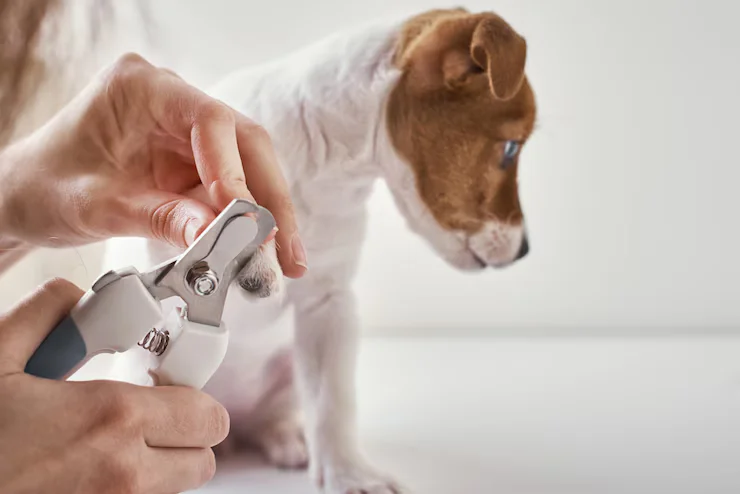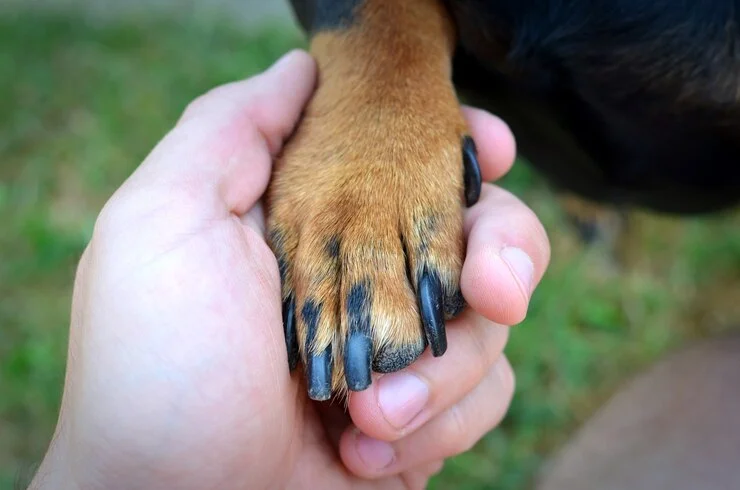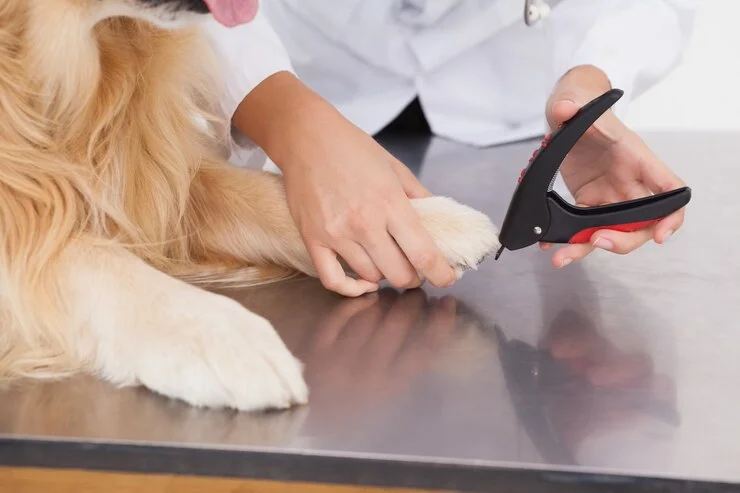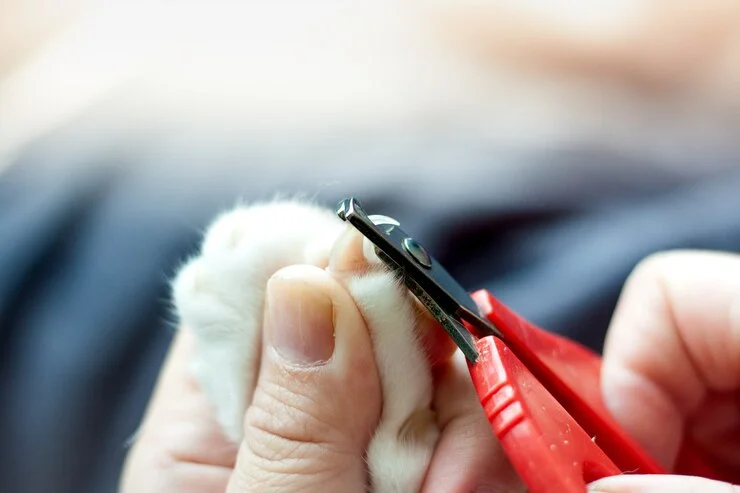-
P, 193, A, Ramakrishna Samadhi Rd,Kolkata- 700054
P, 193, A, Ramakrishna Samadhi Rd,Kolkata- 700054

Nail Trimming for Pets is essential for health and mobility. Get expert tips or visit the Best Pet Clinic in your area for professional grooming and care.
Pet grooming goes beyond just keeping your furry friend looking neat—it plays a vital role in their overall well-being. One aspect that often gets overlooked is pet nail grooming. Many pet owners assume that nail trimming is purely cosmetic, but in reality, overgrown nails can lead to serious health complications, discomfort, and even behavioral issues.
In this guide, we’ll explore why regular nail trimming is necessary, the risks of neglecting it, and how you can ensure your pet’s paws stay healthy and pain-free.

Overgrown nails may not seem like a big deal, but they can cause a range of problems, from difficulty walking to joint pain. Here’s why keeping your pet’s nails well-maintained is crucial:
When a pet’s nails grow too long, they can curl and press into the paw pads, causing pain with every step. This discomfort can make walking difficult and even lead to limping.
Long nails alter the way your pet places their paws on the ground. This unnatural positioning puts pressure on their joints, which can lead to long-term posture issues and even arthritis.
Overgrown nails are prone to splitting or breaking, which can be extremely painful and may even result in bleeding. In some cases, an injury can lead to infections if not treated properly.
Long, sharp nails can unintentionally scratch people, furniture, or even other pets. Keeping nails trimmed helps reduce the risk of accidental injuries, especially in households with small children or other animals.
Pets rely on their paws for movement, and long nails can make it difficult for them to walk or run comfortably. Regular nail trimming for pets ensures they can move freely without any restrictions.
The frequency of nail trimming for pets depends on various factors, including breed, activity level, and environment. Here’s a general guideline:
If you’re unsure whether your pet’s nails are too long, watch out for these signs:
✅ Clicking sounds when they walk on hard surfaces
✅ Nails curling towards the paw pad
✅ Difficulty walking or limping
✅ Your pet frequently licking or biting their paws
✅ Scratches on furniture, floors, or people
If you notice any of these signs, it’s time to schedule a nail trim.

If you prefer to trim your pet’s nails at home, follow these steps to ensure a safe and stress-free experience:
You’ll need:
✔ Pet nail clippers (scissor-style or guillotine-style)
✔ Styptic powder (to stop bleeding in case of accidental cuts)
✔ A file or grinder for smooth edges
Pick a quiet space where your pet feels comfortable. Avoid distractions and loud noises that may startle them.
Before cutting, hold your pet’s paw gently and press on the pad to extend the nails. Speak in a soothing tone to keep them relaxed.
Cut small portions at a time to avoid cutting into the quick (the sensitive, blood-filled part of the nail). If the nails are dark, use a flashlight to locate the quick before trimming.
Offer treats and praise after each successful trim to create a positive association with nail cutting.
If you’re not comfortable trimming your pet’s nails yourself, or if your pet becomes too anxious, it’s best to seek help from professionals at a reputed pet clinic. Veterinarians and groomers are trained to handle nail trimming safely and can ensure a stress-free experience for your pet.
🚫 Cutting too close to the quick, causing bleeding and pain
🚫 Using dull or inappropriate tools, which can crush or split the nail
🚫 Trimming too infrequently, leading to overgrown and uncomfortable nails
🚫 Ignoring signs of pain or discomfort after trimming
If you want to know more about the Importance of Pet Grooming then you can visit here
By following proper techniques, you can prevent these mistakes and make nail trimming for pets a smooth process.

If you accidentally cut into the quick, your pet may yelp or pull away, and the nail may start bleeding. Apply styptic powder or cornstarch to stop the bleeding and soothe the area.
Try introducing the clippers slowly and rewarding your pet with treats. If resistance continues, consult a veterinarian or groomer for assistance.
No, human nail clippers are not designed for pet nails and can cause splintering. Always use pet-specific clippers.
A good rule of thumb is that the nails should not touch the ground when your pet is standing. If you hear clicking sounds when they walk, the nails are too long.
Nail grinders are a great option for smoothing edges and gradually shortening nails, especially for pets who dislike clippers. However, they take longer and may cause vibrations that some pets find uncomfortable.
Regular nail trimming for pets is not just about aesthetics—it’s a critical part of their health and well-being. By keeping their nails at a proper length, you can prevent pain, injuries, and mobility issues while ensuring they stay comfortable and happy.
If you’re unsure about trimming your pet’s nails yourself or need professional assistance, the best pet clinic in Kolkata provides expert grooming and veterinary care. Prioritize your pet’s paw health today for a happier, healthier life!